Soviet filmmaker Andrei Arsenevich Tarkovsky has undersigned many iconic masterpieces that have greatly influenced world cinema. Like producer Ilya Stewart implied, he still continues to be a source of endless inspiration for filmmakers of all generations. According to Variety, a limited series based on the life of the famous filmmaker and produced by Moscow-based production company Hype Film is under development.
Tarkovsky, who died shortly after his last movie “Offret” (The Sacrifice) was released in 1986, will meet the audience once again years later with this series. Written and directed by Russian filmmaker Kirill Serebrennikov, who competed for the Golden Palm in Cannes and received the François Chalais Award, the series will present the life of Tarkovsky based on his films with an arthouse approach.
The story and success of the limited series is a matter of curiosity for now. Tarkovsky is one of the most groundbreaking and influential directors that produced works under difficult conditions and went beyond his time. He did not see cinema as a means of simple entertainment or propaganda but regarded it as a branch of art in all aspects and produced works with the exact meticulousness of an artist.
His films, spearheaded by “Ivanovo Detstvo” (Ivan’s Childhood) (1962), “Andrei Rublev” (1966), “Solyaris” (Solaris) (1971), “Zerkalo” (The Mirror) (1975), “Stalker” (1979), “Nostalghia” (1983) and “The Sacrifice” (1986), remain among the cults of cinema history. In the years that we can call a mechanical period without computer effects, we see a unique line with his fiction, the perspective he captured, the techniques of shooting, the philosophical subjects he skillfully placed in the script, the symbolic references, his perception of time and reality and much more. Tarkovsky went beyond the Russian cinema with his originality, gaining the identity of a universal director.
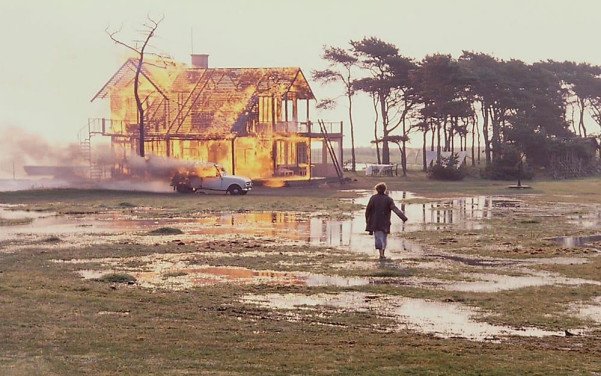
Traumas reflected on cinema
Although his works overshadow his life, he actually reveals the reflections of his deep childhood traumas in his films. Therefore, the series will make a notable contribution to a better understanding of his films.
Tarkovsky was born in 1932 in the village of Zavrazhye, about 95 kilometers (59 miles) north of Moscow. The house he was born in was also the source of his unforgotten memories and the object of his nostalgic longing. This wooden Russian village house, “dacha,” which he always wanted to return to, manifests itself in all of his films.
After his house was flooded, it was rebuilt in another region for “The Mirror” and shown in accordance with its original form. The most persistent memories of Tarkovsky’s childhood belong to the period when the war ended and they waited for his father’s return home.
After living in the village, the family moved to Moscow in 1935. His mother, Maria Ivanova, worked as a proofreader while his father, Arseniy Tarkovsky, a noted poet and translator, left them for another woman in 1937. The absence of his father and the reflections of his relations with his mother are seen in the first-period films.
By including his father’s poems in his films, he made him known outside the Soviet Union. In all of his films, he tried to convey his ties to his home, childhood, homeland and the world, as well as his belonging for a tradition and culture, to a certain circle of people and thoughts.
He married Irma Raush, whom he met at cinema school. Two years later, however, he fell in love with Larissa Pavlova Yegorkin, the stage designer of “Andrey Rublev.” Just like his father did, he would leave his home and newborn child. He married Larissa in 1970, but they did not live a very happy life. He also had a child with her. It is possible to see the traces of the troubles he had with his wife in “The Mirror.”
The director kept a diary without interruption from April 30, 1970 to 1986 until his death. These were published as a book titled “Time Within Time: The Diaries,” which will be a reference to the limited series based on the filmmaker’s life.
In shadow of regime
While cinema has been an instrument of propaganda since its establishment, the states have sought to spread their ideology through this sector. The masses were ruled by cinema, which served as a political image race in the international arena. Those who produced works without compromising their art despite the dominant ideological pressure, such as Tarkovsky, always suffered.
To understand his films, it is necessary to take a good look at the conditions of his time. The Tsarist regime that collapsed after the 1917 Revolution was replaced by Soviet Russia. The conditions that make up today’s Russian cinema began to take shape with this new regime. This cinema cannot be treated independently from Georgia, Armenia and other Soviet countries.
Vladimir Lenin had a special interest in cinema for agitation and propaganda. After the October Revolution, commonly referred to as the Bolshevik Revolution, the world’s first cinema school the Vsesoyuznyi Gosudarstvenyi Institut Kinematografii (All-Union State Institute of Cinematography) was established in Moscow on his orders. Great Russian directors such as Sergei Eisenstein, Vsevolod Pudovkin and Dziga Vertov would be trained in this school, which was headed by Lev Kuleshov.
Tarkovsky studied music and learned Arabic before enrolling in this film school. He was brought up in the shadow of the regime by watching the films of these first-generation directors. Although they had an impact on him, the Bolshevik imposition of these figures pushed him to reactivity. So, he created his own line, disliking their arts.
About Eisenstein, he says: “Eisenstein is a director I respect very much, but his aesthetic understanding is estranged to the understanding of my films. He was against my truth, and I was against his.”
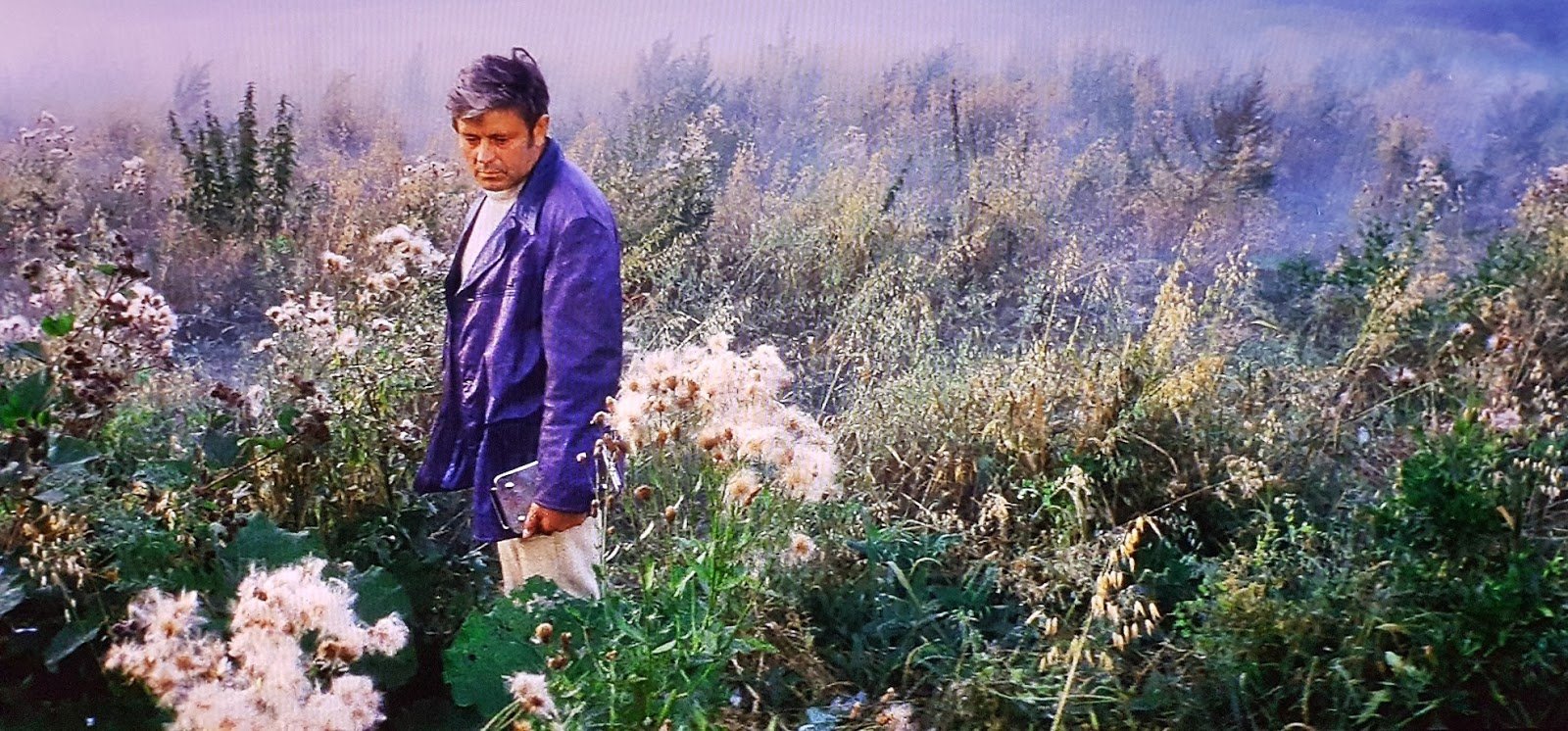
Not a Soviet
By the 1950s, Lenin had died and would soon be followed by Joseph Stalin. Tarkovsky had the opportunity to practice his art in a freer environment than the first-generation Russian directors. However, the State Committee for Cinematography (Goskino), established under the People’s Commissariat for Education and Enlightenment, always kept the cinema industry under control.
With the Khrushchev Thaw notion by the Communist Party of the Soviet Union, a new era began for Russian filmmakers and around 40 studios in the Soviet Union all answered to Goskino. Among these studios was Mosfilm in Moscow, where all of Tarkovsky’s films were produced.
Famous directors such as Tarkovsky, who received the Golden Lion from the Venice Film Festival in his first film, were naturally subjected to less interference by Mosfilm or Goskino.
The years that Tarkovsky studied at the VGIK film school and the period he shot his first feature film “Ivan’s Childhood” in 1962 were considered as the most comfortable period of the Soviets since the 1920s. When he rolled up his sleeves for his second film, “Andrey Rublev” in 1969, the Khrushchev era ended, and innovative activities were interrupted with Leonid Ilyich Brezhnev. The period of intense censorship began once again.
“Solaris” in 1972, “The Mirror” in 1975 and “Stalker” in 1979 were filmed under these conditions. Therefore, he traveled to Europe in 1982 and did not go back to his country ever again. Thus, he would spend the last period of his life away from the Soviets in a somewhat voluntary and compulsory exile.
The director, who settled in Italy, shot “Nostalghia” in 1983 and “The Sacrifice” in Sweden in 1986. Tarkovsky, who made three short and seven feature films throughout his career, was gearing up to adapt William Shakespeare’s Hamlet to the cinema when he passed away in Paris on Dec. 28, 1986.
Various theories about his death have been proposed. Most famous theories include him being poisoned at the facility where he shot “Stalker” and his assassination by the KGB – Committee for State Security, the Soviet Union’s foreign intelligence and domestic security agency.
The director, who died of lung cancer, wrote the following lines on Nov. 5, 1986, about one and a half months before his death: “Neither dead nor alive do I want to return to the country which caused me and those close to me so much suffering, humiliation. I am a Russian, but do not consider myself a Soviet.”
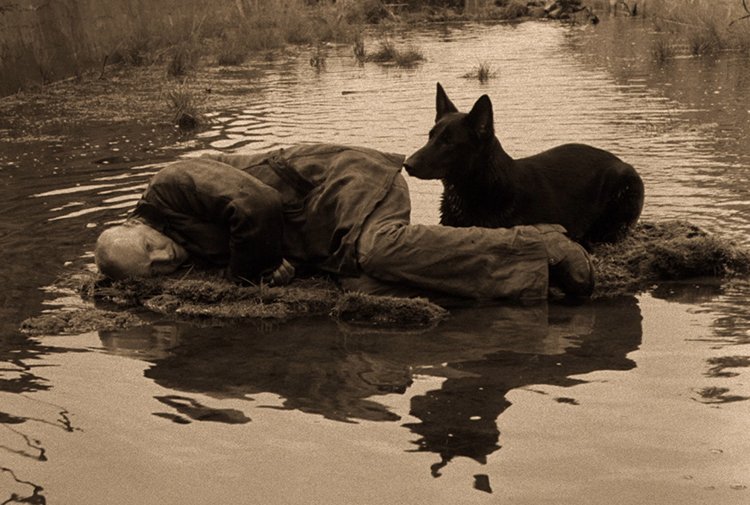
Traces of art
A lot of projects are underway regarding the director’s films. His book “Sculpting in Time” is his work where he explains his films and explains his theory of cinema.
Along with the developing technology, major changes have occurred in the cinema. Some filmmakers think that the technical developments have restricted the narrative possibilities of the cinema and turned it into entertainment, making the audience numb and almost stupid. The directors with this view have suggested different times for cinema by aiming for pure reality. They believe the time in the movie should be slow, as in real life.
Fast editing does not leave time to think, causing everything to come to an end in the movie theater. When the audience leaves the hall, they can provide no benefit whatsoever other than spending a few hours having fun. However, the audience needs to think about the problems of life, but they are not given the time to think about it. The film should not end in the movie theater but should continue to make you think afterward.
Tarkovsky is among the directors who think like this. In his film, the wheels of time work slowly and the audience has the opportunity to think about the universal problems proposed in the script. Besides, it meets the aesthetic needs of the audience. The frames and compositions in his films are meticulous and beautiful, which can only be found in a Renaissance or Baroque period painting.
He also uses the power of poetry in the script. Author Babek Ahmedi states that Tarkovsky’s cinema moves toward the essence as in a documentary, showing painful truth with a poetic language just like a dream, and realizes it back-to-back with reality.
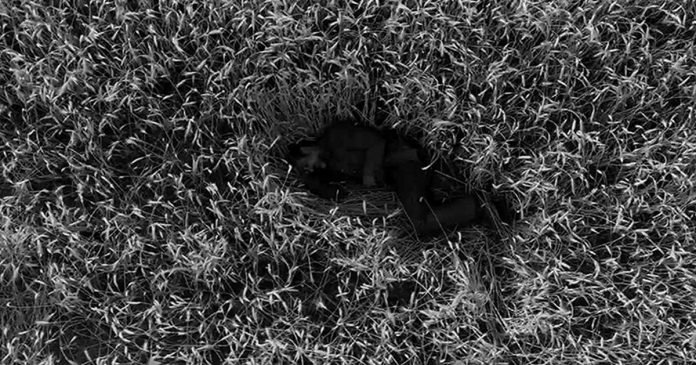
These cult films by Tarkovsky in which he used all fields of art have also inspired many directors. Semih Kaplanoğlu is one of these names. In an interview, he says that the most important film shaping his cinema understanding today is Tarkovsky’s “The Mirror.” “This film turned my view of cinema upside down. My first thoughts about what cinema could be like developed when I watched that movie,” he said. “Then I watched it 20-30 times at certain intervals. I got a similar effect from Tarkovsky’s ‘Andrey Rublev.’ Both films that set the rules for me and draw the lines, something like a milestone when I think about my relationship with cinema. If I count my favorite movies again today, I put them in the first two.”
Kaplanoğlu also uses the power of poetry to a great extent. Both have succeeded in producing “poetic” images specific to cinema from “poetry” and “reality” with their films. Tarkovsky frequently quotes from his father, noted poet Arseniy Tarkovsky, in his films. Kaplanoğlu, on the other hand, turns to 13th-century Turkish poet Yunus Emre in this respect. One, for example, can see very similar angles and parallelisms between Tarkovsky’s “Stalker” and Kaplanoğlu’s “Buğday” (Grain).
Last Updated on Jun 23, 2020 5:33 pm by Irem Yaşar

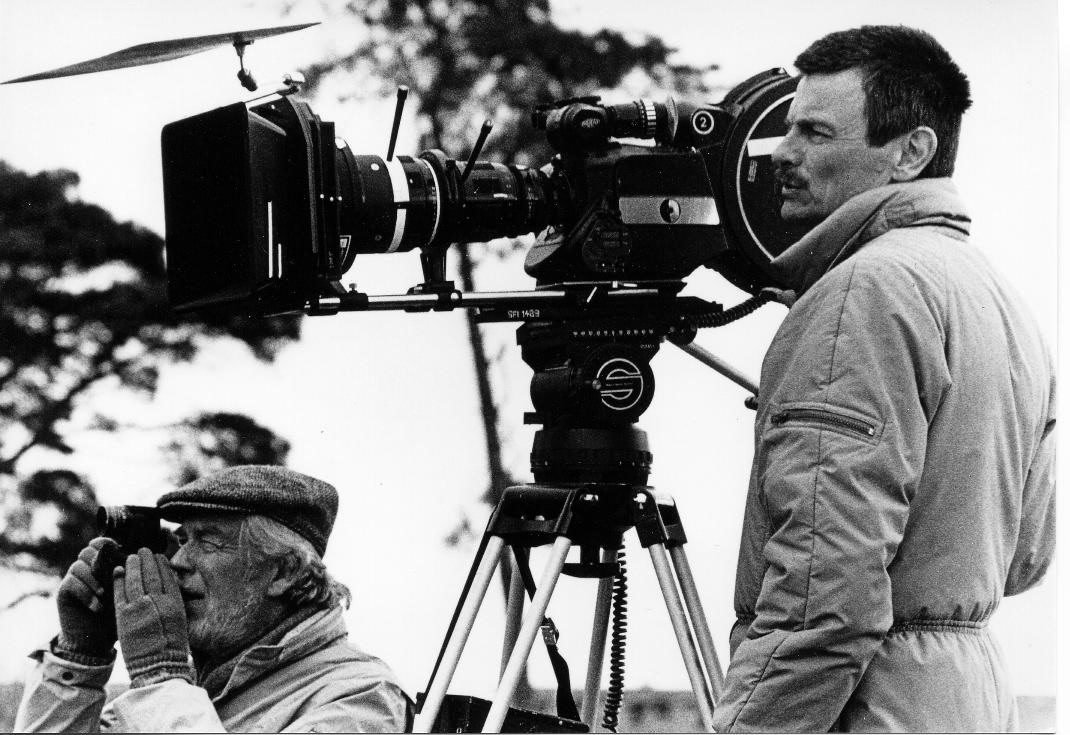








Discussion about this post